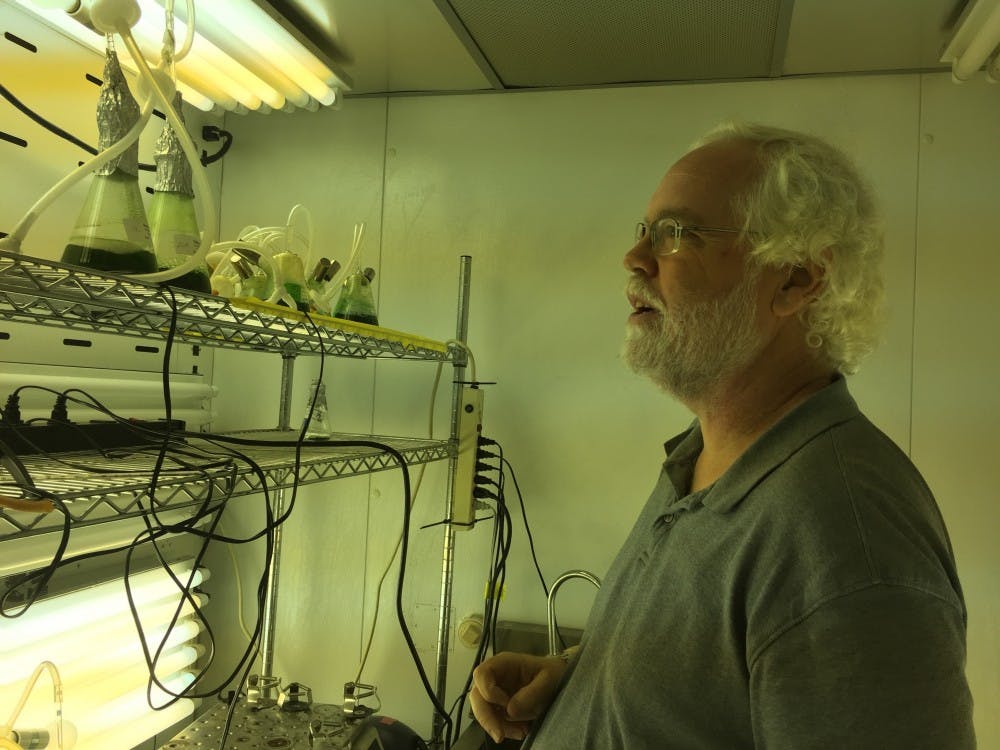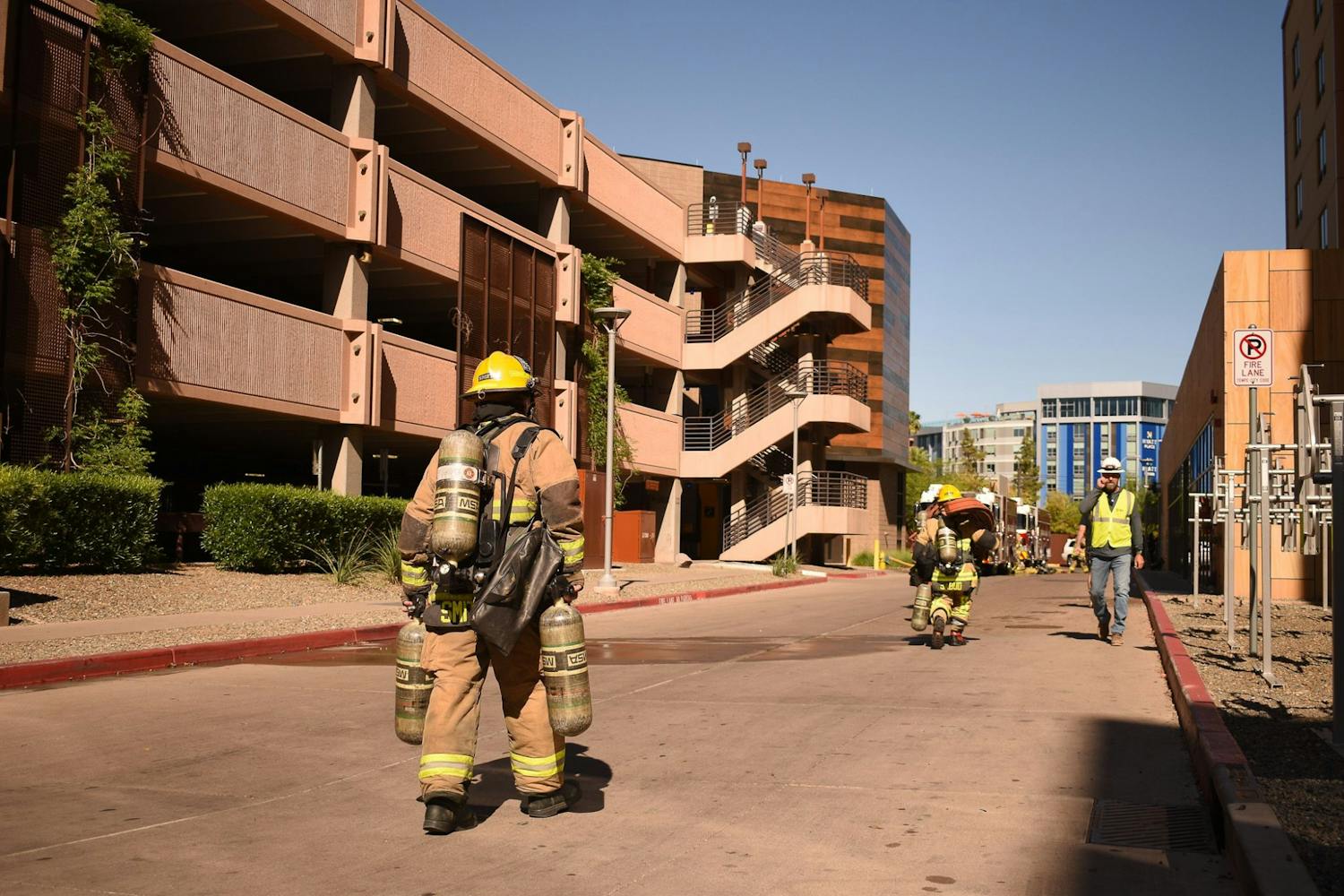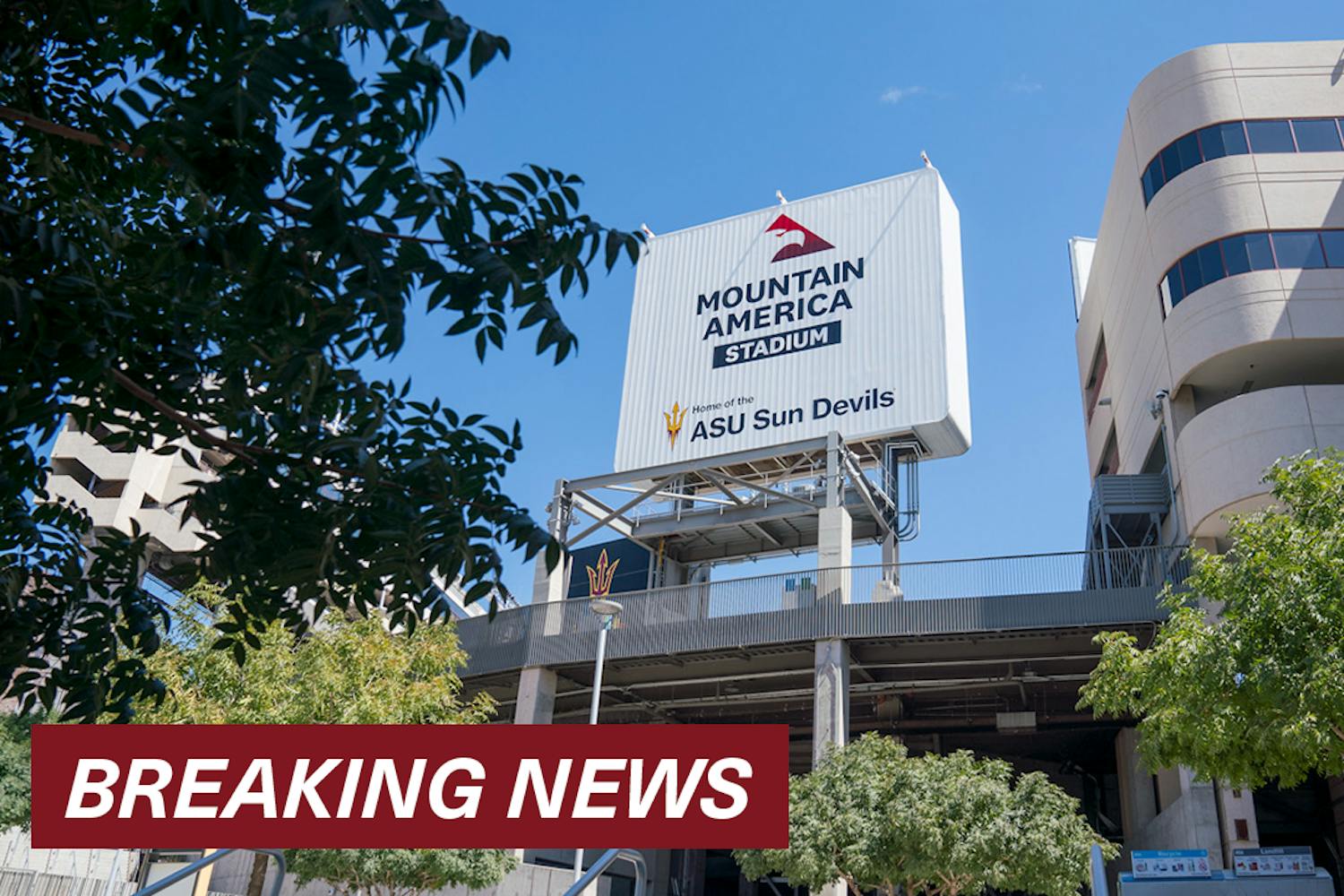It’s no secret that fossil fuels are a short term answer to a long term problem – however, the bigger question is how they can be replaced.
Since the 1750s, carbon dioxide levels have risen 37 percent in our atmosphere. The burning of fossil fuels is primarily responsible for about two-thirds of this increase.
While only about 40 percent of this increase remains in the atmosphere, carbon dioxide remains one of the main contributors to global warming. Despite the push to use alternative fuels, CO2 levels continue to increase.
However, ASU biology professor Willem Vermaas just might have an alternative.
Vermaas has been working with an algae called cyanobacteria for the better part of 20 years. He currently does research in his eponymous lab in the Center of Bioenergy and Photosynthesis on ASU's Tempe campus.
"(Cyanobacteria is like) the chloroplast that makes plants green in a free living form," he said.
Vermaas and his team work on genetically modifying this bacteria in order to increase a complex fatty acid output to use as biodiesel. Vermaas referred to this as a “milking cow concept," in which the cyanobacteria is the cow, and the fatty acids are the milk.
The cyanobacteria in its current state would be the air pollution equivalent of burning wood for a campfire — however, the complex output of fatty acids makes it a viable fuel alternative.
Importantly, the bacterium is incredibly close to being carbon neutral, meaning that much less carbon dioxide is released into the air than with fossil fuels, Wesley Swenson, a microbiology doctoral student that works with Vermaas, said.
“We want to close that Carbon loop where we produce carbon dioxide through producing energy from our fuels, then we try to capture that same CO2 to make more fuel," Swenson said.
While this technology is not ready to be implemented now, science is a slow process; solar panels, for example, have been in the works since the 1960s.
This has not discouraged the lab’s overseers. Biology undergraduate Phoebe Newell, who works in Vermaas' lab, said she is considering pursuing similar research after school.
One of the challenges in the research is finding a way to make it marketable. In order for this to be actually utilized within our world, it needs to be “marketable and cost effective," Vermaas said. This is no easy feat considering it would need to compete with recently low gas prices.
The team also needs to work on refining and stabilizing the fatty acids, he said.
“It's not one of those things that you start now and you get finished tomorrow," said Vermaas. "What you learn on the way is all kinds of things that you didn’t think about."
Reach the reporter at dcdunlop@asu.edu.
Like The State Press on Facebook and follow @statepress on Twitter.




